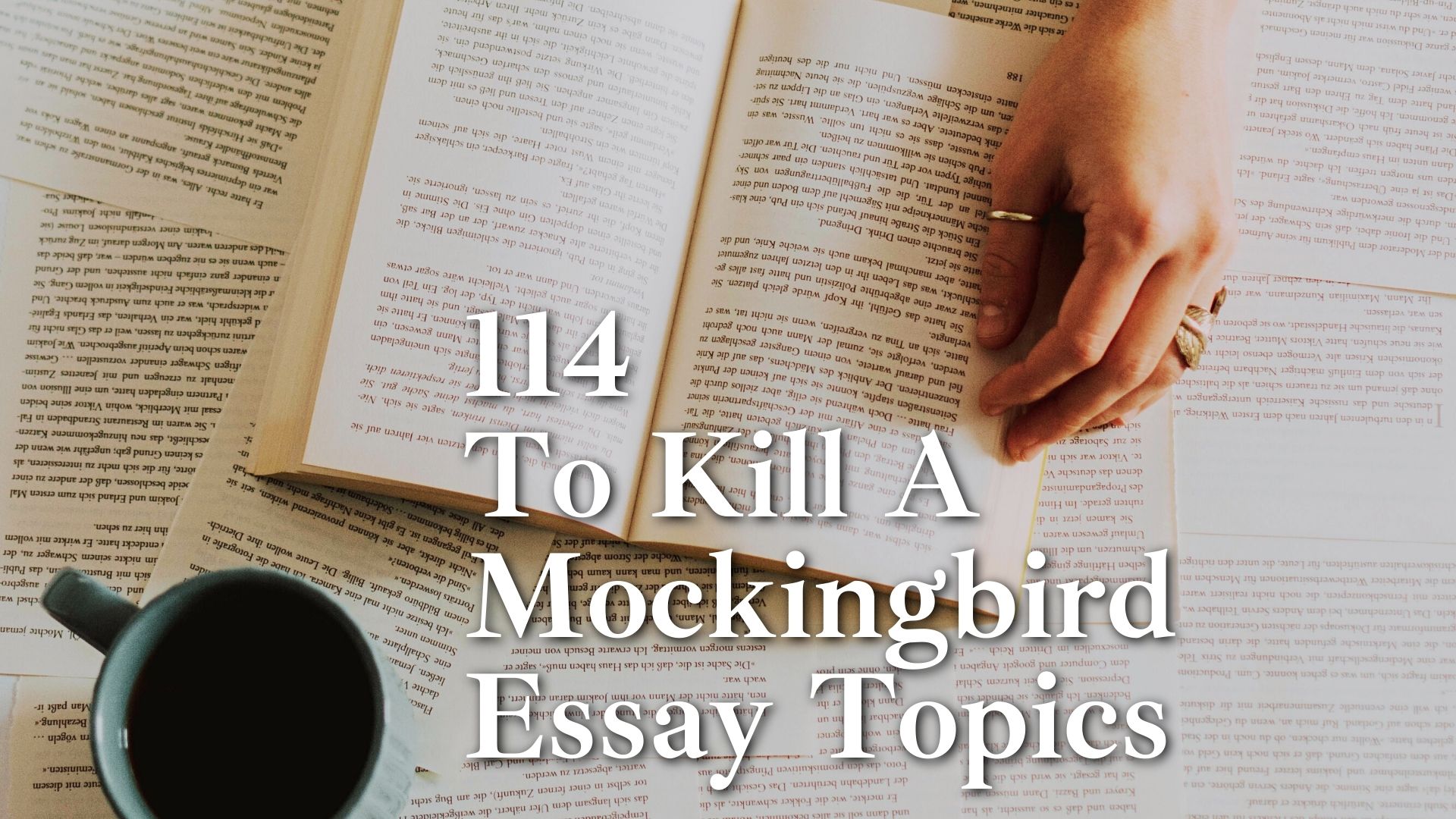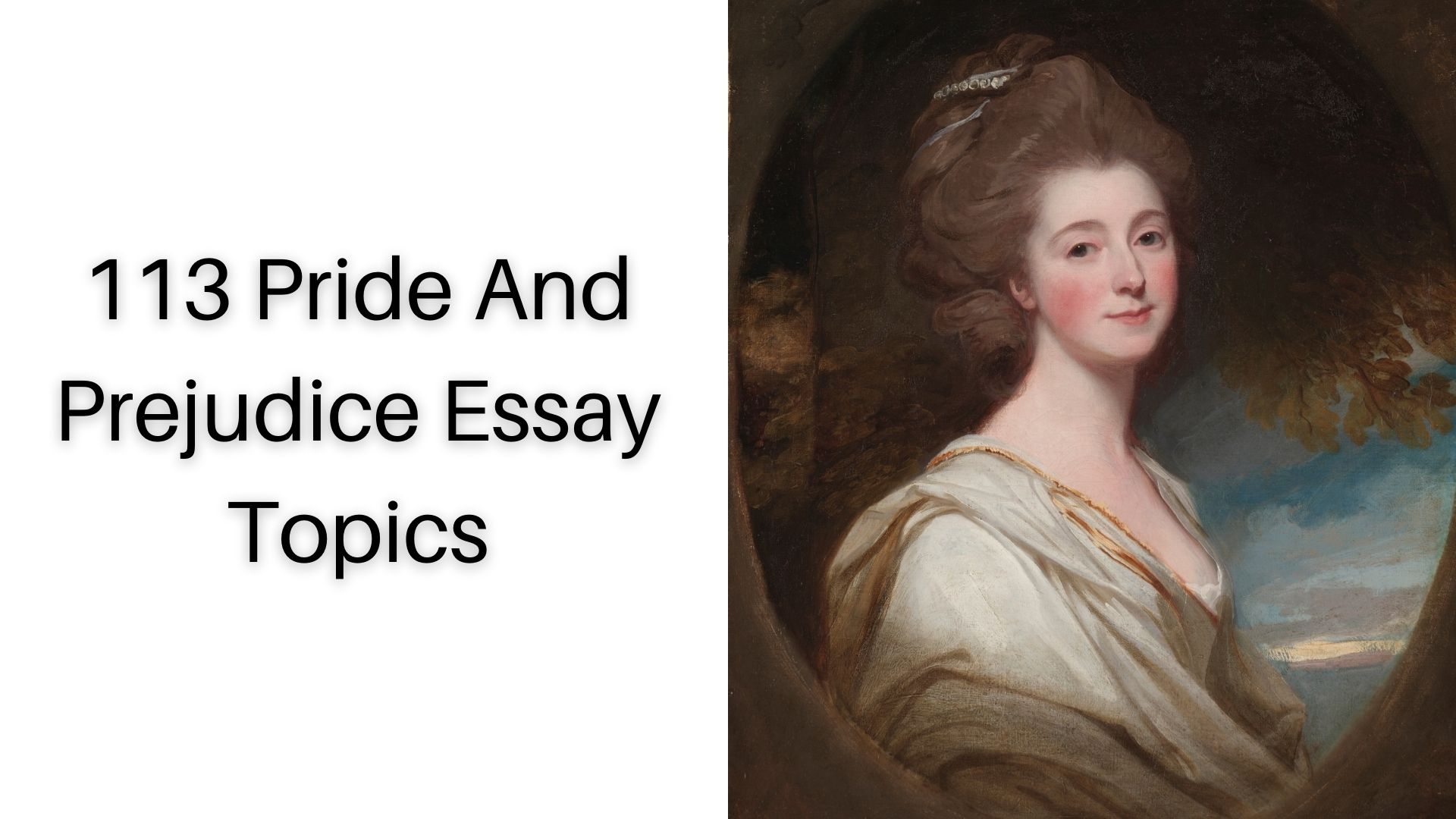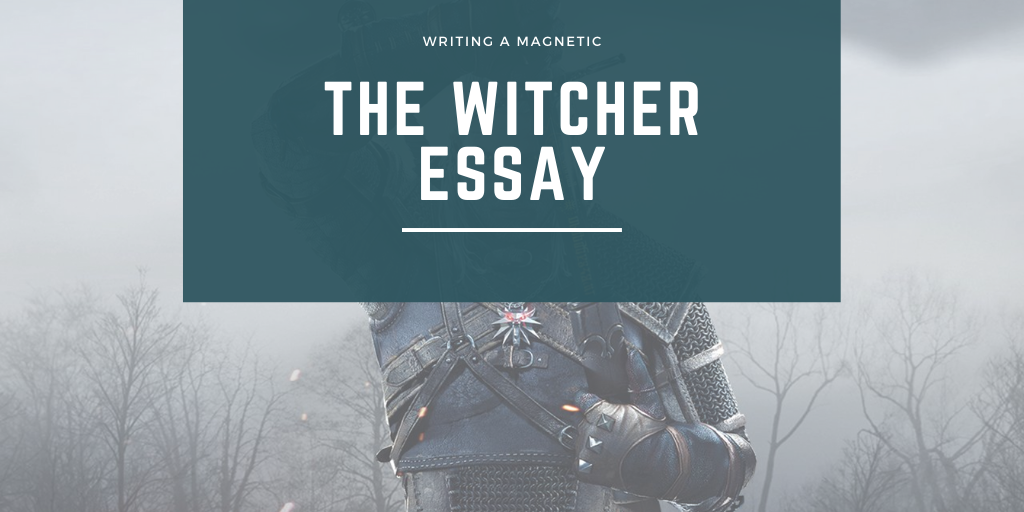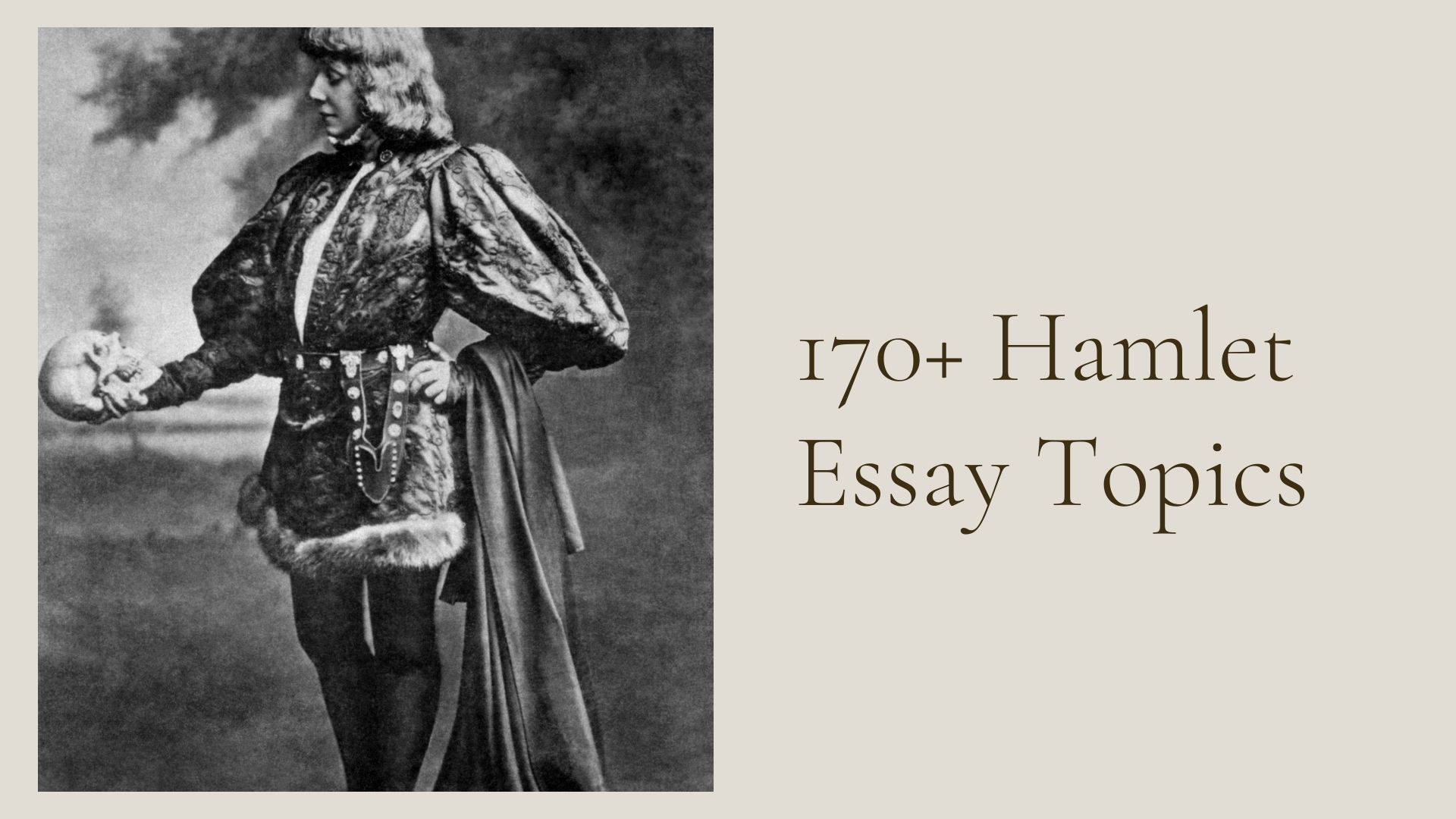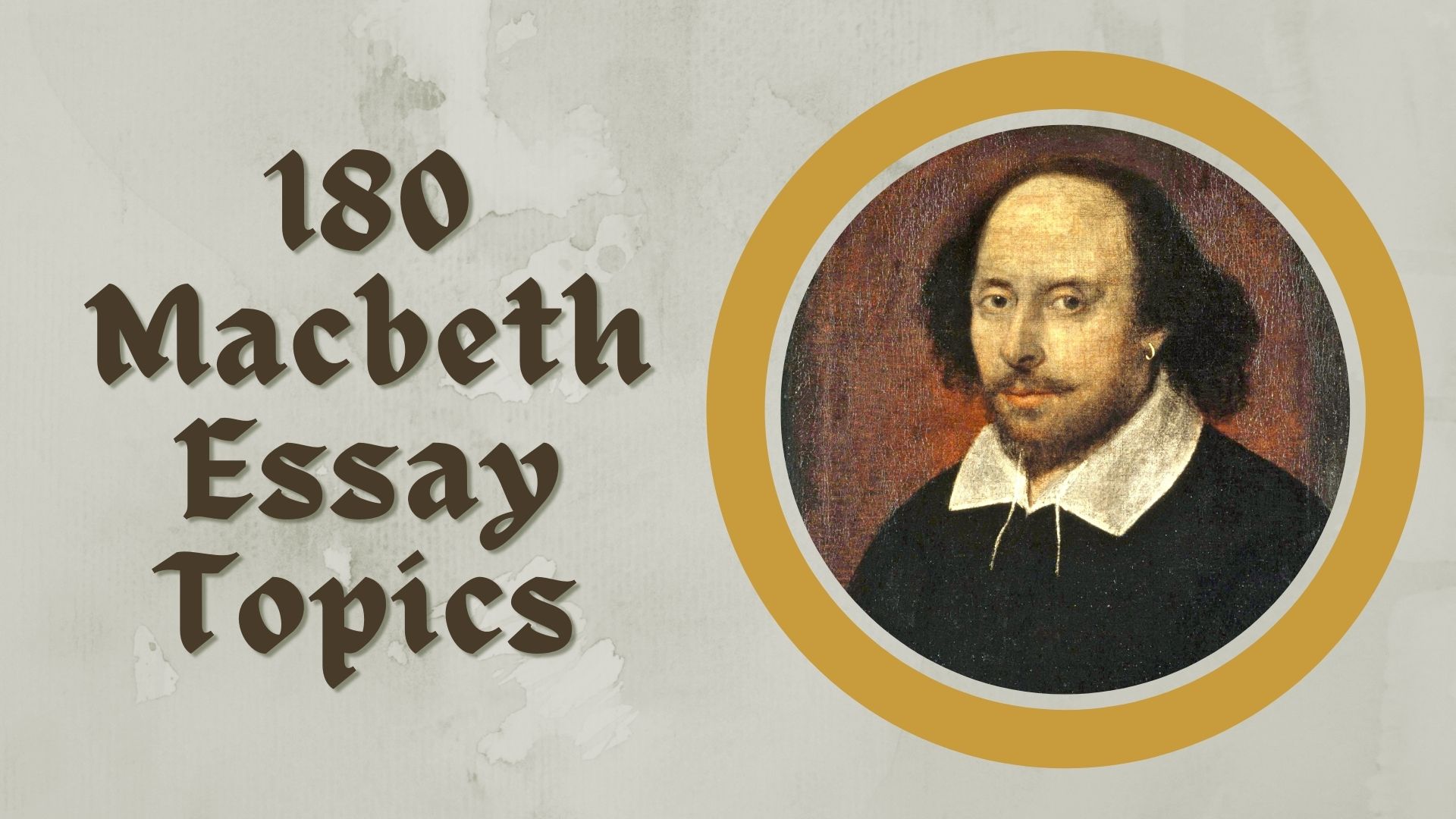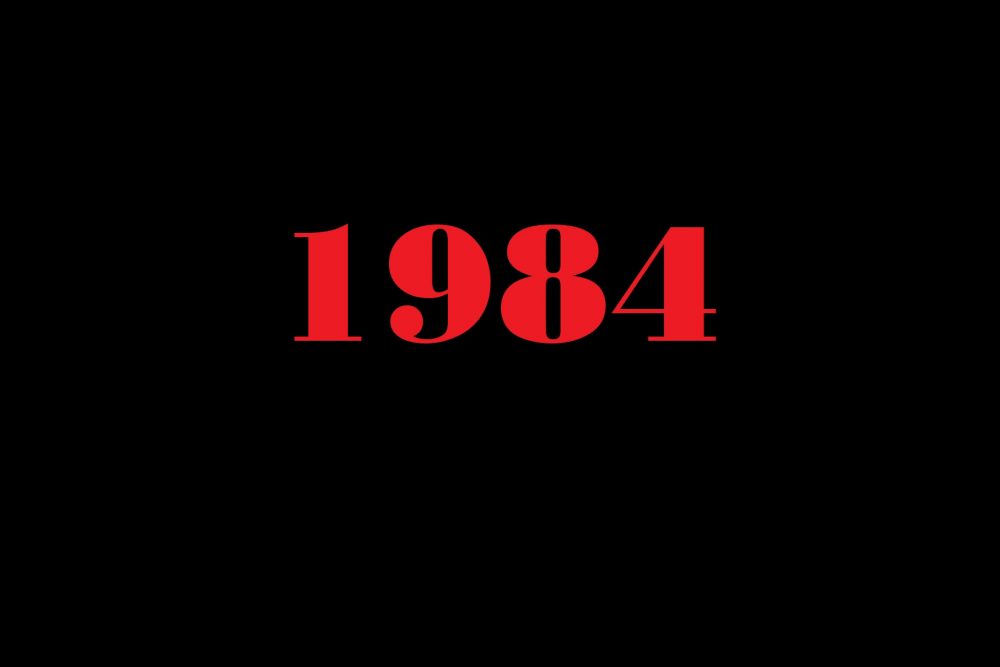To Kill A Mockingbird is a popular book studied in many high schools. A topic can be hard to think of, so here is a list of helpful topics that will create a good essay.
“To kill a mockingbird” book was authored in 1960 by Harper Lee. It is based in Maycomb. The narrator is Scout Finch, who lives with Atticus (father) and brother Jem.
Maycomb’s residents are racist and in the novel. However, in a certain scenario, Atticus is to defend Tom Robinson. He is a black man who was wrongly accused of rape. In the novel, you will get valuable lessons in the different lives of the individuals.
The different themes portrayed in the novel include good versus evil, racism, courage, bravery, justice, fairness, knowledge, education, lack of trust, loss of innocence, and much more.
Process Of Writing A Good Literature Essay
While writing a literature essay, you will need to read the books and analyze them well. This type of essay needs a specific format. First, you will need to understand the purpose of the literature, do a thorough analysis of the novel, understand the format to be used, plan, write and proofread. Therefore, it isn’t that complex!
A literature essay should include:
- Specific topic
- Central thesis statement
- Main ideas that explains to the reader your point of view
- Introduction
- Body
- Conclusion
For the topics, we got you covered. Check out great essay topics below:
Interesting To Kill A Mocking Bird Essay Topics
Are you looking for a “to kill a mockingbird” essay topic? While in class, college or university, you need to work hard to attain top grades. Hence, ensure you read the novel well enough to ensure you get the major themes.
- In the novel, is Atticus a mockingbird?
- Evaluate evidence of Scout’s dad.
- The major themes are portrayed in, the book and film.
- The major theme statement in the book.
- Evaluate the quotes in the book.
- Why was the book called, “to kill a mockingbird”?
- In the book, did Atticus change anything?
- Which is Atticus’ most famous quote?
- Evaluate the family lineage of Scout.
- Discuss the occurrences that occurred to Scout’s mother in the book, “to kill a mockingbird”.
- Who beat Mayella Ewell?
- How was the bond between Scout and his family?
- What is Atticus’ main source of living?
- Evaluate the various heroes in the book, “to kill a mockingbird”.
Good To Kill A Mockingbird Essay Questions
This TKAM essay prompts can help you to write a great essay, thesis, or dissertation. However, you must first seek the approval of the professor or teachers. As students utilize your time well to ensure that you give it your best.
- What happened after Mr. Radley’s died?
- What is Jack’s main source of living in the book?
- What happened to Scout’s mother in the book?
- The major characters in the book?
- By your evaluation, how old was Atticus?
- How does Scout lose his innocence?
- Which nickname was given to Atticus?
- Based on your reasoning, why do you think Atticus shot the dog?
- Who does Atticus portray in society?
- How do Dill and Jem lose their innocence?
- The things that lead to Jem Finch’s death?
- Do you think Boo Radley was good or bad?
- In your opinion how is Mr. Dolphus? – good or bad?
- Why is Atticus Finch seen as a hero in the book?
Engaging Essay Topics For To Kill A Mockingbird
As students, you need to put your best foot forward when writing literature essays. These are some of the best and most helpful topics that you can start with.
- Do you think Atticus died in the Lovecraft country?
- The relationship between Atticus and his children.
- Evaluate fear as seen in the book.
- Evaluate education as seen in the book
- Analyze the childhood world of Jem, Scout, and Dill.
- Evaluate the major changes that occur on Jem and Scout in the novel.
- Atticus’ relationship to the rest of Maycomb – to the community.
- Examine Miss Maudie’s relationship to the Finches.
- Evaluate the role of the family in the novel with an emphasis on Aunt Alexandra.
- Evaluate the author’s description of Maycomb. – What is the role of the town?
- Analyze the author’s treatment of Boo Radley.
- Evaluate the relation among Boo Radley and the children.
- The causes of the developments in the kinship between Boo Radley and the children.
- Evaluate the children’s initial fear of Boo Radley to them being scared when Bob Ewell attacks them.
- Is Scout correct when he states that real fear can only be found in books?
Informative To Kill A Mockingbird Research Paper Topics
Are you looking for the best to kill a mockingbird essay prompt? Well, all these topics are available and easy to tackle. Also, remember to kill a mockingbird writing prompts require the use of the right words to bring out the main themes perfectly.
- How is the American family portrayed in the book?
- Is it true that Atticus was respected in Maycomb?
- Evaluate the theme of the mockingbird throughout the novel?
- What does the “mocking bird” symbolize in the book?
- Evaluate Boo Radley’s development from a monster to a savior?
- How does Scott’s understanding of Boo develop?
- The various lessons Boo teaches Scout.
- Atticus’s approach to parenting – what is his relationship with the children?
- Can Atticus’s parenting style be criticized?
- Are Scout and Jem mature throughout the novel?
- How can you describe the town of Maycomb?
- The major changes that occur in Maycomb over the years.
- How does Maycomb’s diversity give it a pluralistic character?
- Evaluate law as represented in “to kill a mockingbird” book.
- The major lessons of humanity in “To kill a mockingbird” novel.
To Kill A Mockingbird Argumentative Essay
Are you looking for the best essay questions to kill a mockingbird? This novel is interesting and while reading it for your essay, also try to get valuable lessons from it.
- How is the novel, “to kill a mocking bird” relevant to present-day living?
- The major themes in the novel and how does Harper lee develop the themes?
- How does Scout’s view change in the book?
- Do you think Jem was naïve and how does it change in the book?
- How is prejudice present in the novel?
- Which character do you like most in the novel, “to kill a mockingbird”?
- How is childhood portrayed in the novel?
- Compare the book kill a mockingbird and the novel animal farm. Does the environment have an impact on various characters?
- How does the environment change our identity?
- Compare these two books and their major themes: “to kill a mockingbird” and “scarlet letter”
- Evaluate the wrong morals in the book.
- Compare the book “to kill a mockingbird” and the movie.
- How is justice portrayed in the book?
- The different perceptions of people in the book.
- How is loss of innocence portrayed in the book?
- Evaluate the lives of Jem and Scout in the book.
- The major conflicts in the novel.
To Kill A Mockingbird Persuasive Essay
These are ideal to kill a mockingbird journal prompts. As a student, you need to cooperate with your professor and classmates to be able to understand the novel better.
- Evaluate the reality portrayed in the novel, “to kill a mockingbird”.
- How are fairness and justice portrayed in the novel?
- Evaluate the growth of Scout and how their morals changed.
- Evaluate the Maycomb community and the impact on the whole novel or movie.
- Discuss the legal system and law system in the book.
- Why do you think, some schools banned the book?
- Evaluate Atticus Finch as a lawyer, teacher, and father.
- What is your perception of the author?
- How does history address social inequality?
- The coexistence of good and bad morals in the book.
- The various political themes in the film.
- Was it a sin to kill some of the characters in the novel?
- Do you think Tom’s trial was politically based?
- Explore innocence in the “to kill a mockingbird” novel.
- How is fairness portrayed in the book?
To Kill A Mockingbird Analytical Essay
These are some of the essay topics that you can use to illustrate the “to kill a mockingbird themes essay”. Make sure to analyze the book thoroughly to ensure you get all the themes in the book.
- The important issues in the novel.
- Analyze Tom’s arrest, was it humane?
- Analyze Atticus’ defense for Tom.
- Why do you think Tom is found guilty?
- Analyze how Boo Radley rescues Jem and Scott?
- Analyze the scenario where Bob Ewell is considered dead.
- Determine a specific theme and discuss it throughout the text.
- Evaluate the symbolic instances in the book.
- What is the author’s perception of the community?
- The various stereotypes in the book – are they portrayed well?
- Evaluate courage and determination as portrayed in the novel.
- Evaluate feminism as represented in the book.
- The major conflict in the book – how important is it in the book?
- How does the book show social change and equality?
To Kill A Mockingbird Topic
Writing a good essay requires commitment, dedication, determination, and sacrifices. These are some of the best topics that you can start with.
- Evaluate how poverty is portrayed in to kill a mockingbird.
- What makes “to kill a mockingbird” a great film?
- If Scout’s and Jem’s mother was alive, how would the different characters be different?
- Compare the relationship between Jem and Scout and the relationship between Atticus and Aunt Alexandra.
- The significance of the items Boo leaves for the children.
- Why do you think Boo’s brother objects to leaving those items for the children?
- Compare Joel and Idabel’s relationship to Dill and Scouts in the novel.
- Why does Boo Radley stay inside all through?
- The major prejudices and symbolism used.
- The major prejudice in the town; how cruel were the residents?
To Kill A Mockingbird Essay Example
“To Kill a Mockingbird,” one of the most famous novels of all time, was published in 1960. It had an immediate success, and later, the author Harper Lee won the Pulitzer Prize for the depiction of Southern life, the justice system, and racism. Shortly after the novel’s release, a film adaptation was released. It won three Oscars, one of which was given to Gregory Peck for the leading male actor. Another adaptation was staged by Christopher Sergel at the end of the 20th century. Even today, the book continues selling millions of copies and to be the topic of book discussions both within and outside of academia. The book has had this type of longevity because of its thought-provoking content and because of the way key societal issues are uncovered and addressed.
There are several reasons for the popularity of “To Kill a Mockingbird”. Firstly, the author based the story on her own experience as a child living in Mississippi during a racially heated and tumultuous time. Secondly, to a large extent, the novel’s addresses a wide range of controversial and socially acute problems, including racism, class, the fairness of the justice system, socioeconomic issues, and so on. Of course, the novel is most commonly associated with issues of racism, since the problem of race-related discrimination constitutes one of its principal plotlines. Thirdly, the novel`s success is due to the writing style itself and the fact that Ms. Lee skillfully used a relevant issue of racism to create a thrilling and exciting story in which people reveal their true nature both consciously and unconsciously. However, in my opinion, it is wrong to consider that the book is solely about racism, as there are many other elements to the book that should be acknowledged and discussed here.
The plot of the story is complicated in part because it focuses on the contrast between the eternally different notions such as “the good and the bad,” “the just and the unjust” with several plot lines. Broadly speaking, these plotlines include Atticus and his children, Tom Robinson, and Boo Radley. The last two characters are depicted as the victims of social injustice; the former is discriminated on the basis of racial prejudice and the second one is discriminated on the basis of class inequality.
Atticus and his children personify notions of “goodness” and “morality” by portraying society’s continual fight against the “evil” and the “unjust.” Thus, as noted above, while racism is a key element of this story, it is only one element. Like stories such as Uncle Tom’s Cabin, this novel emphasizes central themes such as professional ethics, moral conduct, and the role of social prejudices in the shaping and functioning of the justice system. These key concepts are what make the novel timeless. These issues are just as prevalent today as they used to be during the 1950s when the work was published.While the movie and the book are based on the same story, the movie’s adaption differs from the novel. This difference is a key point of this discussion. For instance, while the movie focuses on the racial element of the story, the book spreads it focus across the themes noted above, with equal focus on the issues of class, morality, and ethics.
As it seems Hollywood often does, the film emphasizes the race-related injustice. It is the part of the novel that is most controversial and intriguing. It is the reason why so many movie tickets have been sold out. In fact, most of the film is devoted to the court process and Atticus’s struggle against social prejudice toward the black people. It also focuses on blatant faults in the justice system that everyone seems to accept unquestionably. Since most of the film takes place in the courtroom, it only provides a limited scope, giving viewers only a shortened version of the complex story.
As noted in the literature, the issue of racism and the way it is interpreted in “To Kill a Mocking Bird” is controversial because the film is somewhat biased. The story cannot be labeled as antiracism narrative since it serves as the background for the key events that take place. Nonetheless, this implicit meaning cannot be ignored, especially because of the racially heated time in which it was published. The settings also play a major role. The story takes place in Mississippi, a state known as one of the most racist states. However, as noted by Jay, the problem of racial discrimination is not a pivotal element of the plot.
Upon closer look, we can see that the author instead portrays the race-related implications that are an integral part of the South’s society of that time. Although Harper Lee was not intended to dedicate the entire book to the problem of race, she eliminated the problem of racial tension that raised then. This part of the plot aims at providing a truthful and distinctive depiction. When you consider the text from this perspective, it broadens your view of the work and allows you to see the strength of the other elements of the book. As noted by Jay, in the film, the director intentionally focused on the racial discrimination to create a compelling film that would be actively sold out. He purposely overlooked some of the other key elements of the work such as its depiction of class inequality and issues surrounding morality and ethics.
Dare notes that the real problem of the movie and its inaccurate depiction of the novel lies in its exploitation of “the senselessness of justice destroyed by prejudice” (p. 84). While I understand the limitations of film in comparison to the novel, the film changes the context of the story and, thus, limits it by not contrasting notions such as “just-unjust,” and “ethical-unethical.” Thus, the film uses the lawyer (Atticus) in the film to depict society’s ethical code in regard to racism. As is shown by this depiction, the film also shows society’s independent role in defining sex- or race-related motives.
However, as noted in the literature, Atticus’s role as the lawyer is not persuasive enough to convince viewers and readers that racial discrimination is indeed a weakness of the American justice system. Furthermore, the work’s definition of racism and its anecdote are framed around Martin Luther King’s speech “I Have a Dream.” However, as noted by Hagberg, this character and his role of lawyer educate the readers on the treatment of race-related injustice. It is introduced through “universal themes.”
Jay also emphasizes that the author’s goal was to enlighten the racial issues by the active social movements that frequently appeared in the relevant period. As is known, the social unrest, associated with discrimination of the people of color in America in the mid-50s, was palpable. A book describing this unrest must take into consideration not only racism itself but also the issues associated with racism, such as social inequality and the pitfalls of a society based on privileges given to certain classes of people.
This book wouldn’t still be as popular today as it is if the issues portrayed in the text were not relevant today. The fact is while American society, and in particular, Southern society has evolved, attempts at establishing a fair society have not succeeded in combating racism and other forms of social injustice such as gender discrimination.
As Croke explains, due to this limitation of society “To Kill a Mockingbird” is more than just a mere illustration of the racial discrimination; in fact, it is the “tales of truth and courage, prejudice and justice, bravery and childhood” (par. 4). This broader and more accurate perspective cannot be gained from the film since this story must be considered in the context of human virtues and sins. As noted by Dare and argued here, while the movie aims at adding intrigue to the plot and improve the audience`s experience, it fails to unveil the true nature of characters as the book does.
This is a classic problem of texts like this. As noted in the literature, when dealing with heated topics such as racism and its varying implications, the text itself is often distorted and thus simplified as a story about racism and intolerance. As noted by Spaeth, some of the depictions of this work have turned Atticus into a racist that is focused on the idea of the absolute superiority of whiteness (par. 4). This stresses the importance of provocative interpretation and the way the society (and specifically the media and its critics) adopt to this vision, proclaiming that Mockingbird is the main translator of the racist ideas that can only be essential to “the white understanding of America’s racist past” (par. 9). However, as noted above, this interpretation limits the scope of the novel, the story itself, and the messages it intends to convey about humankind. In fact, one of its intents is to reveal the instability of the social views that easily shift from admiration to disdain.
It is clear that there is no consensus in the literature about Lee’s portrayal of racism. Some experts believe the novel is a socially acute story that exhibits the pitfalls of the American racist society and the inconsistency of the justice system. Others, on the contrary, assume that the race-related issues are not central to the story and, thus, play the role of the background for the depiction of more significant dilemmas.
Based on this understanding gleaned from my own reading and that of the literature, several insights into the role of race-related issues in the Mockingbird are noted here. First and foremost, it is evident that the problem of racial discrimination constitutes the major plot conflict. In fact, it is the key precondition to Atticus’s struggle in the court as well as the major source of the story’s tension. Thus, it is true that the novel succeeds in illustrating social and institutional injustice typical to this period.
However, it is also clear that Atticus’s struggling in and out of the courtroom is a key theme of the story. It is emphasized by the fact that the author chooses not to focus much on Tom Robinson’s character. She stays focused mostly on Atticus’s inner and external struggles and his children’s vision of the events. This story is more than a simple story of racist society. Looking at the story from this perspective, we can see the issues of injustice and immorality prevailing the plot. This perspective clearly shows that society often has a distorted vision of the world and the events that occur within it; a vision that is impacted largely by myriads of minor prejudices built up on the basis of class, race, and gender, but not just race alone. It illustrates the role of personality in history and the role of charisma in social change. Despite the fact that Atticus loses his fight, Lee emphasizes that he still is considered a winner in the long run. As such, his passionate and yet professional approach to his work and the problem of justice, in general, help to reshape the mentality of the discriminated people and those that discriminate themselves.
This holistic view allows us to look at the problem of social discrimination as a multi-tiered problem. As the author shows, race-related discrimination will continue as long as the discriminated feel hopeless and helpless. This is because they are not likely to stand up and defend their rights, bringing about social change with their own power. However, when a powerful leader appears, the group finds the inspiration and encouragement they need to help reshape society’s interpretation of things and phenomena. History shows that the plight of the African-Americans’ rights would not have come as far without the leadership of persuasive people such as Martin Luther King. This key insight shows us the significance of our social and political leaders and the needs of society to be led and encouraged.
Lastly, it’s important to note that Mockingbird’s interpretation of racism resides in the fact that the problem of racial discrimination is addressed by a white man. As such, Atticus’s struggle is not that of a discriminated person against an unjust system. Instead, it is a struggle of a moral and ethical man who accepts no other alternative but the protection of rights of all the community members regardless of their social status or racial identity. This peculiarity is important because it shows that racism is a unified problem rather than a problem of a single race. She illustrates that challenging the race-related stereotypes is the task of those who have helped perpetuate. This is why the role of Atticus is so important; it illustrates what the “external party” can do to address the problem of racism. Specifically, it is the unified struggle of “the discriminated” and the potential discriminator that distinguish Lee’s story among all the other race-related literature.
The problem of racism has been addressed by a large number of authors and filmmakers. Most commonly, the major message is that the discriminated should abandon fears and protest against unjust treatment, encouraging others to follow their example. However, in “To Kill a Mockingbird,” the role of a white man struggling against the harmful prejudices cultivated by his society and the inefficacy of the justice system do not seem to make a big difference in the overall problem. Despite the fact that the issues of racism are not the only theme of the story plot, they help to reveal some crucial notions such as morality, honor, and professional ethics. These notions help to explain the long-lasting popularity of this novel.
Need Help With You Essay?
Are you looking for an ideal essay writing service? We are here to give you the best essay help that you would want. We have a vast pool of writers and professionals who can help you out when you order custom term paper with us. We are reliable, secure, fast, and offer affordable prices. Our customer support is friendly so you shouldn’t fear contacting us.

